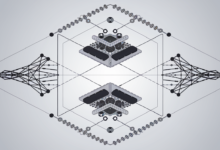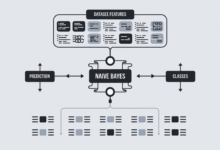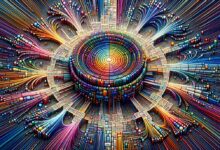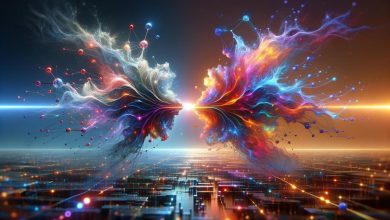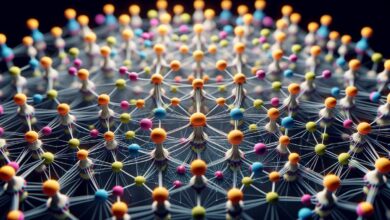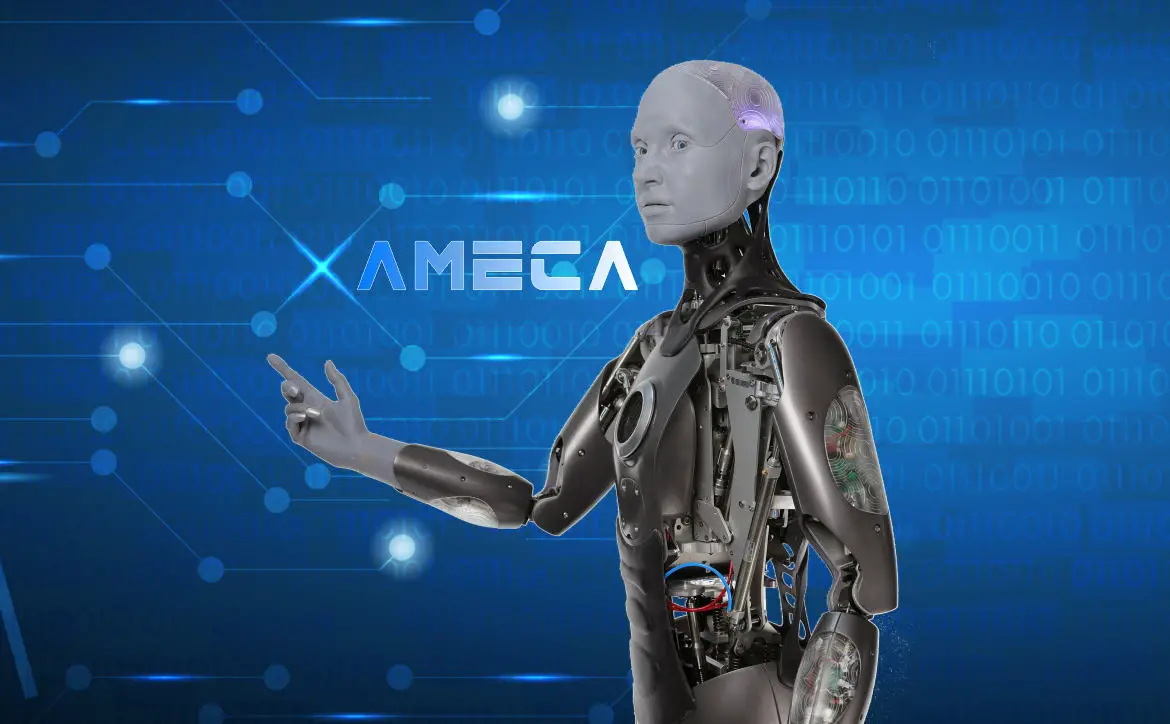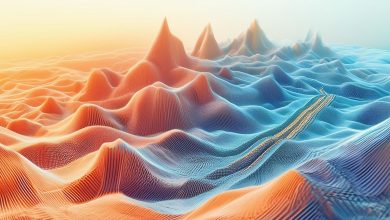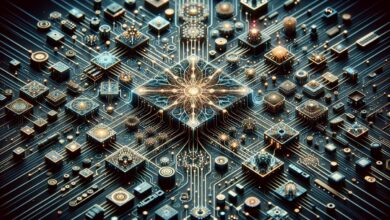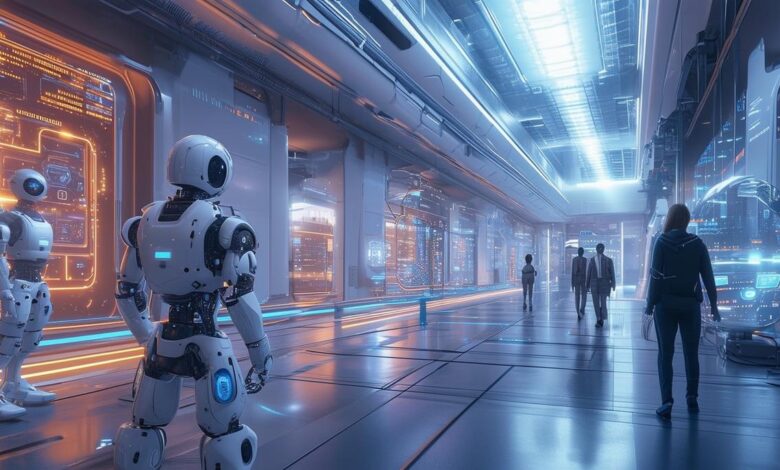
Choosing the Right Framework
Selecting an appropriate deep learning framework for robotics is crucial. Performance, usability, and community support are key factors to consider.
TensorFlow, developed by Google Brain, offers flexibility and supports various devices. Its high-level API, Keras, simplifies neural network creation. PyTorch, created by Facebook, features a dynamic computation graph, facilitating smooth troubleshooting. It's popular in research circles and excels in computer vision.
Other frameworks offer unique advantages:
- Microsoft's Cognitive Toolkit (CNTK) excels in speech and image recognition tasks
- Apache MXNet balances flexibility and scalability
- Caffe remains a top choice for real-time image processing
Major cloud service providers also offer solutions:
- Amazon Web Services (AWS) provides SageMaker, supporting both TensorFlow and PyTorch
- Microsoft Azure offers a fully managed AI environment with pre-built models
- Google Cloud Platform (GCP) provides comprehensive support for TensorFlow and PyTorch
Consider each option's strengths in relation to your project's requirements when choosing a framework.
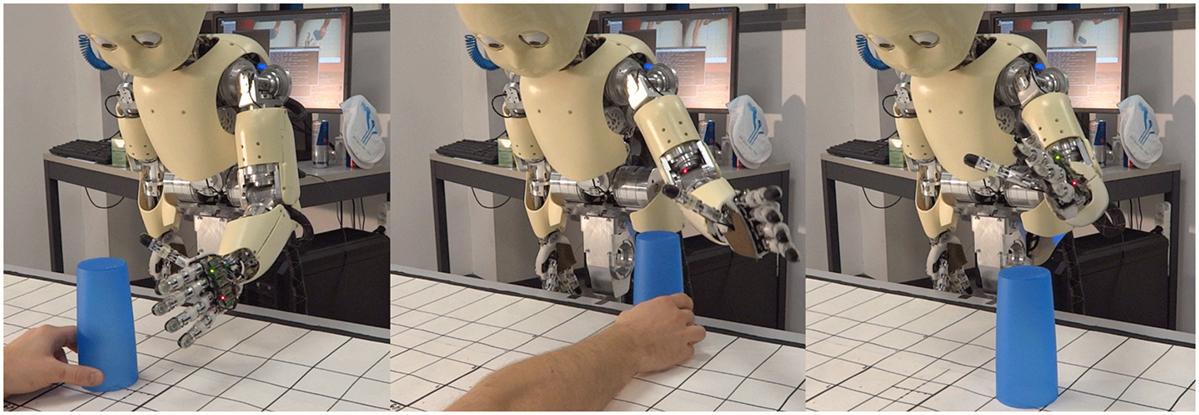
Reinforcement Learning in Robotics
Reinforcement learning (RL) allows robots to learn from their actions through trial and error. It particularly shines in contact-rich manipulation tasks, such as a robot hand learning to grip delicate objects.
To address computational challenges, techniques like "smoothing" focus on critical points, enabling efficient learning while reducing costs. RL enables in-hand manipulation, transforming simple robotic hands into masters of dexterity.
Applications of RL in robotics are extensive, from warehouse sorting to precise surgical procedures. The learning process continually improves, with each task informing the next, maximizing efficiency and learning from errors.
RL represents a shift in robotics, moving beyond simple task performance to adaptation and evolution.

Deep Learning Techniques for 3D Vision
Deep learning for 3D vision enhances robots' ability to comprehend and interact with their environment. While traditional methods like SIFT and SURF were effective for basic recognition, they struggled with complex 3D environments.
Neural networks now enable robots to understand their surroundings in detail. However, traditional approaches have limitations, often requiring human intervention to build 3D models.
Neural implicit representations, particularly Neural Radiance Fields (NeRFs), are redefining 3D vision. NeRFs encode 3D scenes by mapping coordinates to color and density, generating detailed visualizations from simple snapshots.
Applications include:
- Creating accurate digital twins of industrial settings
- Allowing virtual explorations and optimizations without disrupting operations
- Facilitating simulations of new production line setups
- Enabling efficiency tracking from remote locations

Cloud Services for Robotics
Cloud services play a crucial role in advancing robotics applications. Major providers offer unique benefits and capabilities.
| Provider | Key Features |
|---|---|
| Amazon Web Services (AWS) | AI and machine learning tools, including SageMaker for building, training, and deploying models |
| Microsoft Azure | Dynamic cloud solutions and pre-built models for tasks like language understanding and computer vision |
| Google Cloud Platform (GCP) | Excels in supporting TensorFlow and PyTorch, providing a robust environment for deploying AI models |
These cloud services offer benefits beyond computational power, including scalability, enhanced collaboration, and security features. They also facilitate easy iteration and refinement of models without major infrastructure changes.
When considering cloud options for robotics projects, choose a solution that aligns with specific project needs and future scalability requirements.
Educational Pathways in Robotics and AI
Educational programs in robotics and AI combine theory with practice, essential for developing skilled engineers. Students learn languages like Python and frameworks like TensorFlow, mastering the relationship between code and hardware.
The toolkit includes:
- MATLAB or R for data analytics
- TensorFlow, Keras, and PyTorch for machine learning
- Libraries such as numpy and scipy
Practical experience is central to these programs. Students engage with humanoid robots and TurtleBots in laboratory settings, applying theoretical knowledge to real scenarios.
Career prospects for graduates are promising, with opportunities spanning various industries. Employers seek individuals capable of developing intelligent systems and spearheading innovative projects.
These programs equip students with skills that meet current job market demands and drive future innovations, positioning graduates to shape the evolving relationship between humanity and technology.
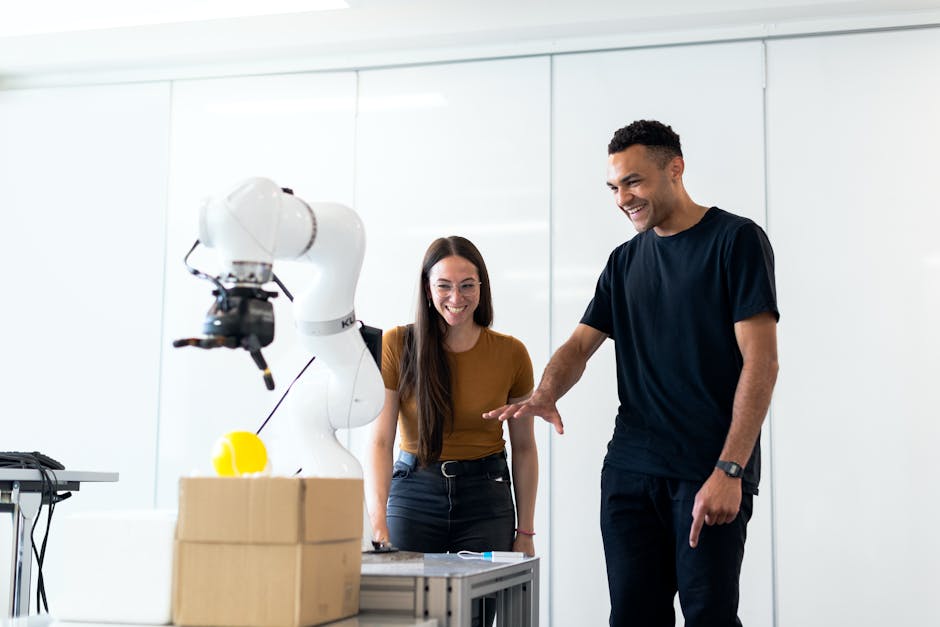
In the rapidly evolving field of robotics and AI, choosing appropriate tools and educational paths is crucial for driving innovation. By developing machines with adaptive learning capabilities and utilizing cloud technologies, we are creating a future where robots integrate into various sectors, boosting efficiency and fostering innovation.
Writio: Your AI content writer for websites. This article was created by Writio.
- Barber F. Reasoning on interval and point-based disjunctive metric constraints in temporal contexts. J Art Intell Res. 2000;12:35-86.
- Adate A, Tripathy BK. Deep learning techniques for image processing. In: Machine Learning for Big Data Analysis. 2018:69-90.
- Krizhevsky A, Sutskever I, Hinton GE. Imagenet classification with deep convolutional neural networks. Adv Neural Inf Process Syst. 2012:1097-1105.
- Goodfellow I, Pouget-Abadie J, Mirza M, et al. Generative adversarial nets. Adv Neural Inf Process Syst. 2014:2672-2680.
- Zhou Y, Tuzel O. Voxelnet: End-to-end learning for point cloud based 3d object detection. Proc IEEE Conf Comput Vis Pattern Recognit. 2018:4490-4499.
